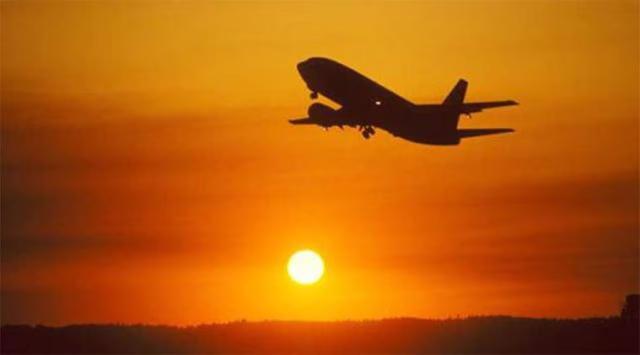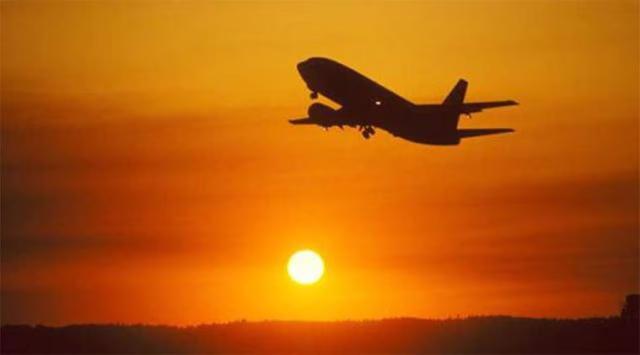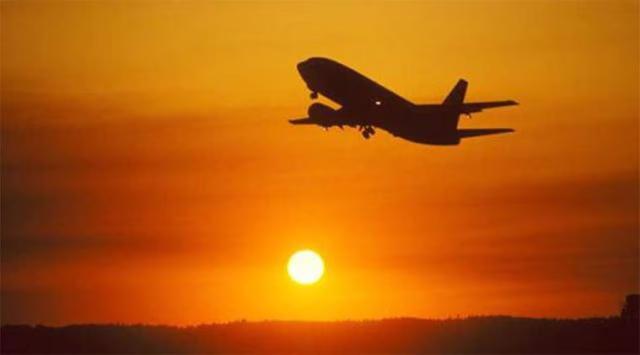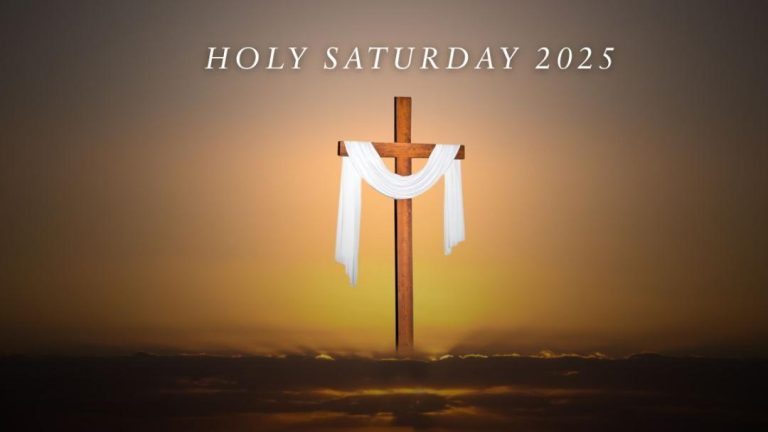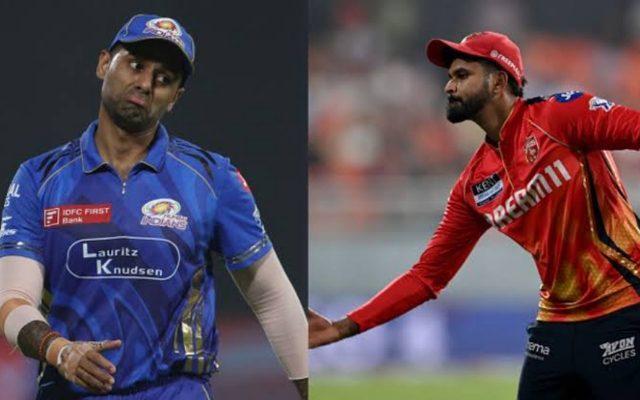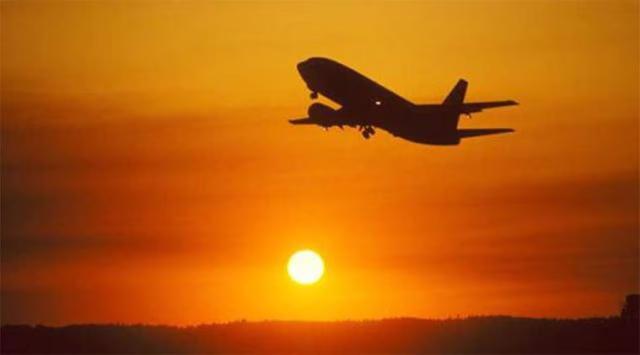
Class 12 Physics & Math Requirement for Becoming Commercial Pilot Might be Scrapped: Report
The Indian aviation industry is abuzz with the latest news that the Directorate General of Civil Aviation (DGCA) is planning to scrap the current rule that requires students to have studied Physics and Math in Class 12 to be eligible for commercial pilot licence training. This move, if implemented, would open up the doors for students from non-science streams to pursue a career in commercial aviation.
According to a report published in the Times of India, the DGCA is considering revising the eligibility criteria for commercial pilot training to make it more inclusive. Currently, commercial pilot training in India has been restricted to Science and Math students since the mid-1990s. However, the DGCA’s proposed changes aim to break down this barrier and allow students from Arts and Commerce streams to pursue their dreams of becoming commercial pilots.
The move is expected to benefit thousands of students who may not have had the opportunity to pursue a career in commercial aviation due to the existing eligibility criteria. The relaxation of the rules is seen as a welcome step towards promoting diversity and inclusivity in the aviation industry.
The current rule, which requires students to have studied Physics and Math in Class 12, is seen as a barrier for students from non-science streams who may not have had the opportunity to study these subjects. This has led to a lack of diversity in the aviation industry, with most commercial pilots coming from Science and Math backgrounds.
The DGCA’s proposal is expected to benefit students from Arts and Commerce streams who may have a natural aptitude for flying but were previously restricted from pursuing a career in commercial aviation. The move is also expected to increase the pool of potential pilots, which could help address the shortage of pilots in the Indian aviation industry.
The Indian aviation industry is growing rapidly, with the number of passengers expected to increase from 300 million in 2020 to 450 million by 2030. However, the industry faces a significant shortage of pilots, with estimates suggesting that India needs around 7,000 to 8,000 pilots to meet growing demand. The relaxation of the rules is seen as a step towards addressing this shortage.
Industry experts believe that the move will not only benefit students but also improve the overall quality of pilots. “By opening up the doors to students from non-science streams, we can attract a more diverse pool of candidates,” said Captain S.K. Gupta, a veteran pilot with over 20 years of experience. “This will not only improve the quality of pilots but also bring in new perspectives and ideas to the industry.”
The DGCA’s proposal is currently undergoing public consultation, and it is expected that the new rules will be implemented soon. If implemented, the move will be a significant step towards promoting diversity and inclusivity in the Indian aviation industry.
In conclusion, the proposed relaxation of the rules to allow students from Arts and Commerce streams to pursue commercial pilot training is a welcome step towards promoting diversity and inclusivity in the Indian aviation industry. The move is expected to benefit thousands of students who may not have had the opportunity to pursue a career in commercial aviation due to the existing eligibility criteria. As the Indian aviation industry continues to grow, it is essential that the industry adapts to changing needs and promotes diversity and inclusivity to ensure a bright future.
